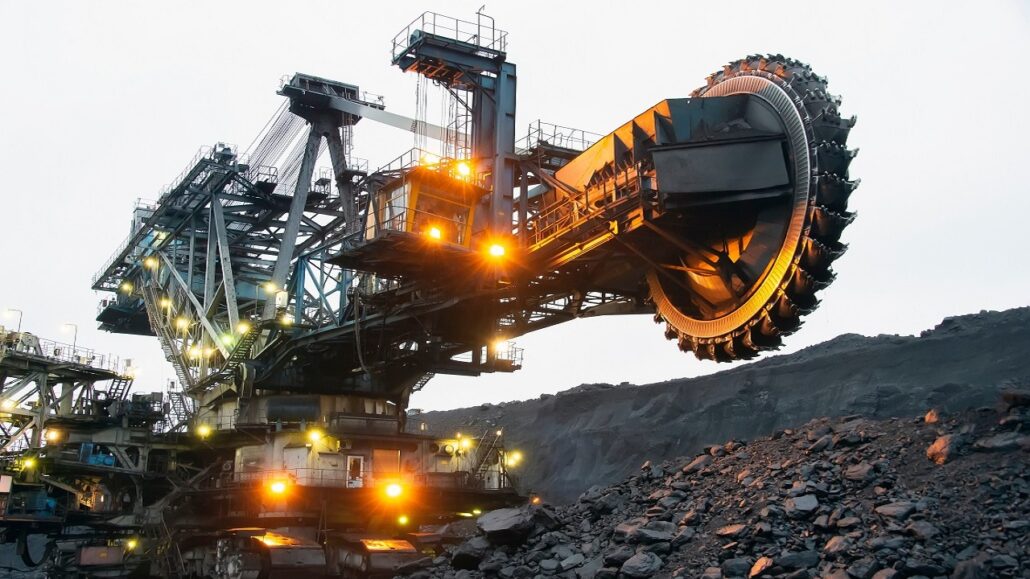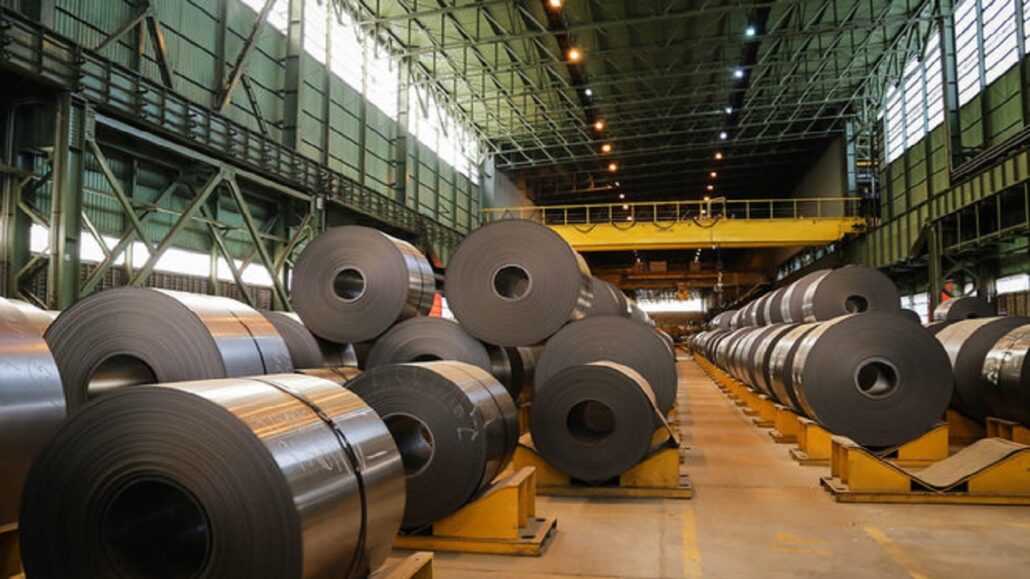Menu
Home » BUSINESS TRADING » Raw Material and Industrial Minerals
Quite frankly, without industrial minerals, a vast range of everyday domestic and vital industrial products would just not exist. In a working day, you will probably come into contact with at least 100 items that have been manufactured from industrial minerals. Certain industrial minerals may have one, two, or maybe up to ten domestic and/or industrial applications, others such as lime, may have over 50 uses. The mineral materials included in World Mining Data are arranged in five groups:


Industrial Minerals may be defined as minerals mined and processed (either from natural sources or synthetically processed), for the value of their non-metallurgical properties, which provides for their use in an extremely wide range of industrial and domestic applications. As a general rule, they can also be defined as being non-metallic, non-fuel minerals. Obvious examples of naturally occurring industrial minerals include: clays, sand, talc, limestone, gypsum, pumice, potash.
Non-Ferrous Metals have a metallurgical as well as non-metallurgical value, such as:
The main consuming mineral market sectors which require industrial minerals as raw materials may be summarized as; Abrasives, Absorbents, Agricultural, Cement, Ceramics, Chemicals, Construction, Drilling Mud, Electronics, Filtration, Foundry, Glass, Metallurgy, Paint, Pigments, Plastics, Paper, Refractories, Synthetic Fibers.
Well, Iran has abundant natural resources; this country is rich in diverse mineral resources that some of them have been known since ancient times. It has a huge mineral endowment has been among the 15 largest mineral-rich countries with more than 68 types of minerals. Therefore, it has made a strategic geological situation in the heart of the Western Asia region. Iran minerals wealth, includes chromite, lead, zinc, copper, coal, gold, tin, iron, manganese, ferrous oxide, and tungsten. Iran has world-class resources of zinc (largest), copper, iron, and uranium (in ninth place) and lead (eleventh). Iran has first place in the production of Barite, Cement, Gypsum, Iron, Molybdenum in the Western Asia and fifth, fourth, third, ninth, and eighth place in the world, respectively. Furthermore, is standing on the second step in Feldspar and Lime supply in the area, which would rank as the seventh and eleventh in the global ranking respectively. Also, Iron, Copper, Phosphate, Coal, and minerals like Bentonite, Dolomite, Lime, and many others are a few to name. Most importantly, the quality and purity of minerals are a vital issue, in which Iranian minerals have recorded a privileged grade throughout decades. Many of these resources have been discovered recently. So, there would be a long-term productive perspective for Iran’s future mining. A look at the list of Iran’s top exports indicates that raw materials make up a dominant share its non-oil export basket. Iran can make its raw material reserves an opportunity to attract foreign investors, foreign investors are also well-aware of the Iranian mineral market’s benefits. In this unit, we have the ability to providing a variety of industrial minerals to suppling global markets.